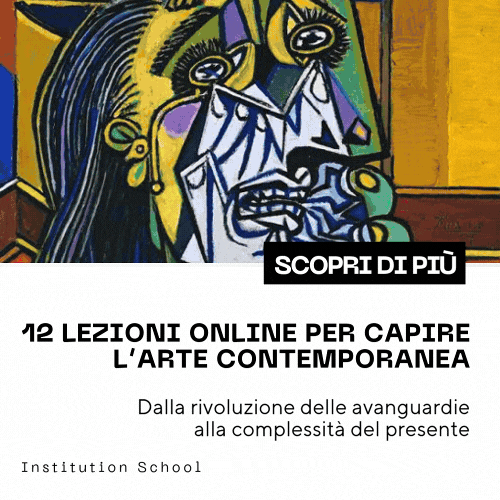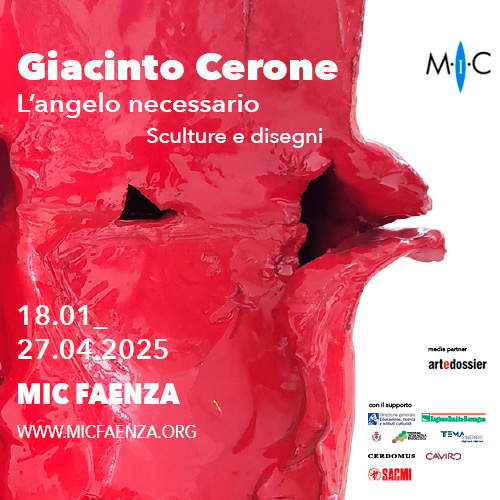There are no red lines separating culture and tourism. On the contrary!
The Department of Tourism is among the central administrative structures that has undergone the most extensive changes in the memberships of various ministries. Following the 1993 repeal referendum , the department was abolished and its responsibilities were from time to time assigned by various governments to different central structures.
In all likelihood, the current situation, which sees an autonomous Ministry of Tourism, is the child of a recognized centrality, also economic, of the tourism sector, and this is the fact from which I intend to start. The 2019 Bank of Italy studies on the performance of tourism in Italy showed that in Italy 5.5 percent of GDP and 6.5 percent of employment were attributable to the “direct” contribution of tourism, which considering also the “indirect” contribution leads to a total impact of tourism on GDP at 13 percent and 15 percent of employment. These figures are much higher than the EU average and the world economy in general.
However, it is crucial to note that the main tourist drive to Italy comes from culture, suffice it to say that the same 2019 Bank of Italy study mentioned earlier refers to the “increasing centrality of cultural motivations in the choice of foreign tourists to visit Italy,” since about 60 percent of foreigners’ spending on vacation in Italy falls into this type of travel (compared to 40 percent in the first half of the 2000s).
Having made these basic considerations, I can move toward the debate related to whether culture should be understood as a means of implementing measures of “high” educational impact, or whether it constitutes a means of maximizing economic return in terms of tourism impact. The two extreme positions, in all evidence, are meaningless and the result of ideological bias. However, while proponents of the former have a very often fundamentalist approach, proponents of the latter never disavow the fact that culture is a fundamental part of a nation’s identity and history that contributes to social cohesion and the general level of education.

In my humble opinion, culture and tourism must necessarily go hand in hand, especially in our country. In fact, it is self-evident that through the enhancement of culture and cultural heritage, we are able to stimulate public enjoyment, debate, social enhancement of visitors, and not least to acquire financial resources that will be useful to carry on subsequent cultural activities. The only limitation, in this perspective, can only be offered by the “real”(id est not falsely constructed) need for protection and preservation.
I know that many people do not see an immediate correlation between culture and tourism, and I still remember the phrases of certain museum directors, indeed of major museums, who in the midst of the pandemic represented the extraordinary value of slow (and restricted) enjoyment in major art cities. I find it a somewhat naive idea to think that we can turn major art cities into places of slow tourism. Those who think this and those who say it do not know (better, they pretend not to know) that thanks to tourist flows tens of thousands of people find qualified employment in cultural institutions, cultural and creative enterprises as well as in the whole tourism chain.
Rather, for a slow tourism, which everyone likes abstractly but which conflicts with the rules of daily living and with the financial sustainability of the country system, there are stupendous villages that - also through the National Plan Borghi - could be enhanced, just as one could/should invest in the accessibility and services of the cultural assets in which the Mezzogiorno is rich. In any case, between a museum entrenched in niche operations that attract a select few and a museum devoted to large operations that can attract numerous national and international visitors and tourists, I undoubtedly choose the latter because it is more open, more democratic, and more linked to the pursuit of sustainability logics. And I unrepentantly leave the former to those who think of their elites.
Based on what has been said, it is clear that I believe that there are no red lines separating culture and tourism; on the contrary, culture and tourism must always be seen within the framework of a single development plan, and this is the first recipe that needs to be focused on.
It is in this single development plan, both cultural and tourism, that the actions that promote the culture-based tourist attractiveness of an individual territory should be defined, and this is the case regardless of the articulations of the ministries (at the central level) or the departments (at the local level). In particular, it is up to administrations, central and local, to “throw off the mask” and assume their responsibilities before the public. It is too easy, and it is too obvious, to attend cultural events-perhaps supported by an obolus or, worse, mere patronage-to emphasize the value of culture. It is much more serious to set ex ante, at the planning stage, the share of spending on cultural and tourism policies by committing not to change it, thus avoiding the temptation to always “cut” the spending chapters earmarked for such policies. But much more could be done. Precisely because of the high interdependence between culture and tourism, there should be an automatism such that in the event of an increase in tourist flows in a given territory, and especially in cities of art, spending on cultural services in subsequent programming is increased in parallel, thereby activating virtuous circles. In other words, if it is true that culture is the main driver of tourism, then it must be financed (also) by the tourism growth of territories. With this in mind, at the local level, it is good that the tourist tax - about which I am not unaware of the debate about the congruous extent of it - should be aimed primarily at supporting activities and investments in cultural services and not as revenue used to cover any gaps in municipal budgets.
Last but not least, I believe that our country, especially in areas such as culture and tourism, is in dire need of private enterprises. Mind you, businesses, not associations or volunteers. It needs them to carry out medium- to long-term development operations, enabling productive investment. All of this is done by flatly rejecting the approach, which has been all too fashionable recently, of approaching private individuals by treating them solely as patrons and not as carriers of ideas, innovation and planning, capable of increasing skilled employment and - ultimately - socio-economic development.
This contribution was originally published in No. 17 of our print magazine Finestre Sull’Arte Magazine. Click here to subscribe.
Warning: the translation into English of the original Italian article was created using automatic tools. We undertake to review all articles, but we do not guarantee the total absence of inaccuracies in the translation due to the program. You can find the original by clicking on the ITA button. If you find any mistake,please contact us.





























